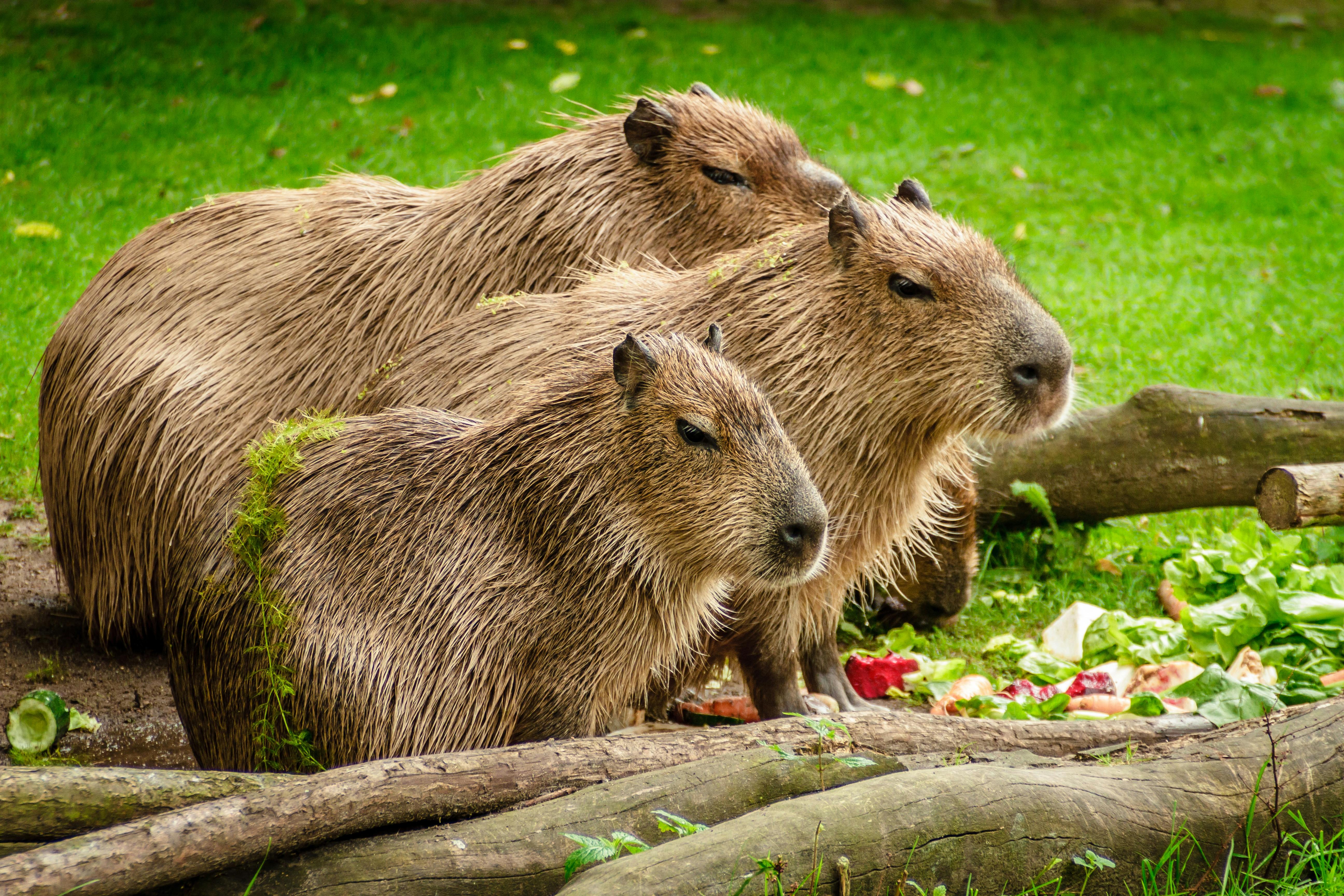**Intriguing Existence of the Capybara: The World's Largest Rodent**
To the untrained eye, they may resemble oversized guinea pigs, but capybaras are a fascinating species in their own right. As the world's largest rodent, these South American natives have a host of unique traits and behaviors that set them apart in the animal kingdom. This article delves into the intriguing world of capybaras, tracing their history, current status, and the potential impact of capybara-related trends in the pet industry.

A Brief Look into Capybara History
The capybara, scientific name Hydrochoerus hydrochaeris, is native to South America. They have been a part of the continent’s ecosystem for thousands of years, thriving in various environments, from grasslands to dense forests. Historical accounts from early explorers often mention these ‘water pigs,’ as they were initially called, highlighting their significant presence in the South American landscape.
Capybaras in the Spotlight
Lately, capybaras have been generating buzz in the media. A recent surge of capybara sightings in urban areas, like Florida and California, have made headlines, sparking curiosity among the public. These usually reclusive creatures are now seen more frequently, possibly due to habitat loss and climate change effects.
The Capybara Pet Craze
There’s also a rising interest in capybaras as exotic pets. Their docile nature and social behavior make them appealing to those looking for an unusual pet companion. However, owning a capybara is not for everyone. They require ample space, a water source for swimming, and can cost anywhere from $500 to $3000. This trend could potentially expand the exotic pet market, but it also raises concerns about animal welfare and environmental impact.
Demystifying Capybara Behavior
Despite their size, capybaras are known for their gentle, friendly demeanor. They are highly social animals, living in groups of 10 to 20 individuals. Their communication involves a range of vocalizations, including purrs, whistles, and barks. Capybaras are also semi-aquatic, spending a lot of their time in water, which is a unique trait among rodents.
Capybara Conservation Status
Currently, the International Union for Conservation of Nature (IUCN) lists capybaras as a species of least concern. However, habitat destruction and hunting for their meat and hide could become threats to their population. As with any wildlife species, it’s crucial to ensure their conservation, considering the important role they play in their ecosystems.
The captivating world of capybaras is indeed an intriguing exploration into the life of an extraordinary creature. As we continue to learn more about them, it’s our responsibility to ensure their survival and respect their unique place in the circle of life.




